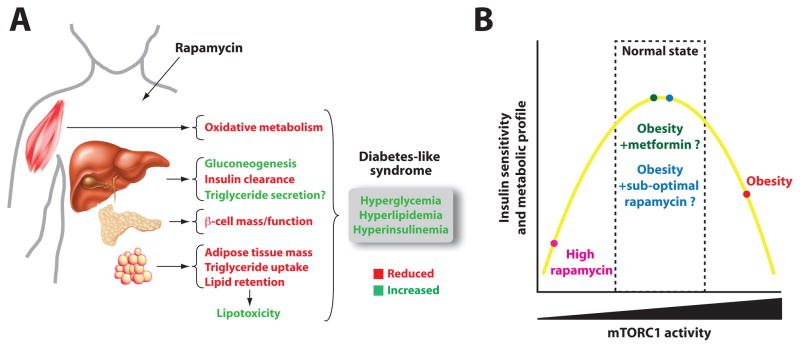Figure 5. Rapamycin and the treatment of metabolic diseases.
(A) Overview of the impact of rapamycin on organ and systemic metabolism. Rapamycin induces a diabetes-like syndrome by impairing the function of the muscles, liver, adipose tissue and pancreatic β-cells. The downregulated processes are in red and those upregulated in green.
(B) Illustration of the hypothesized relation between mTORC1 activation and insulin sensitivity/metabolic profile in vivo. The relation between mTORC1 activity and insulin sensitivity/metabolic profile probably follows a U-shaped curve, where too little or too much mTORC1 activity has a negative impact on systemic metabolism.

